Home>Furniture & Design>Interior Design Trends>When Was Uranium Glass Made
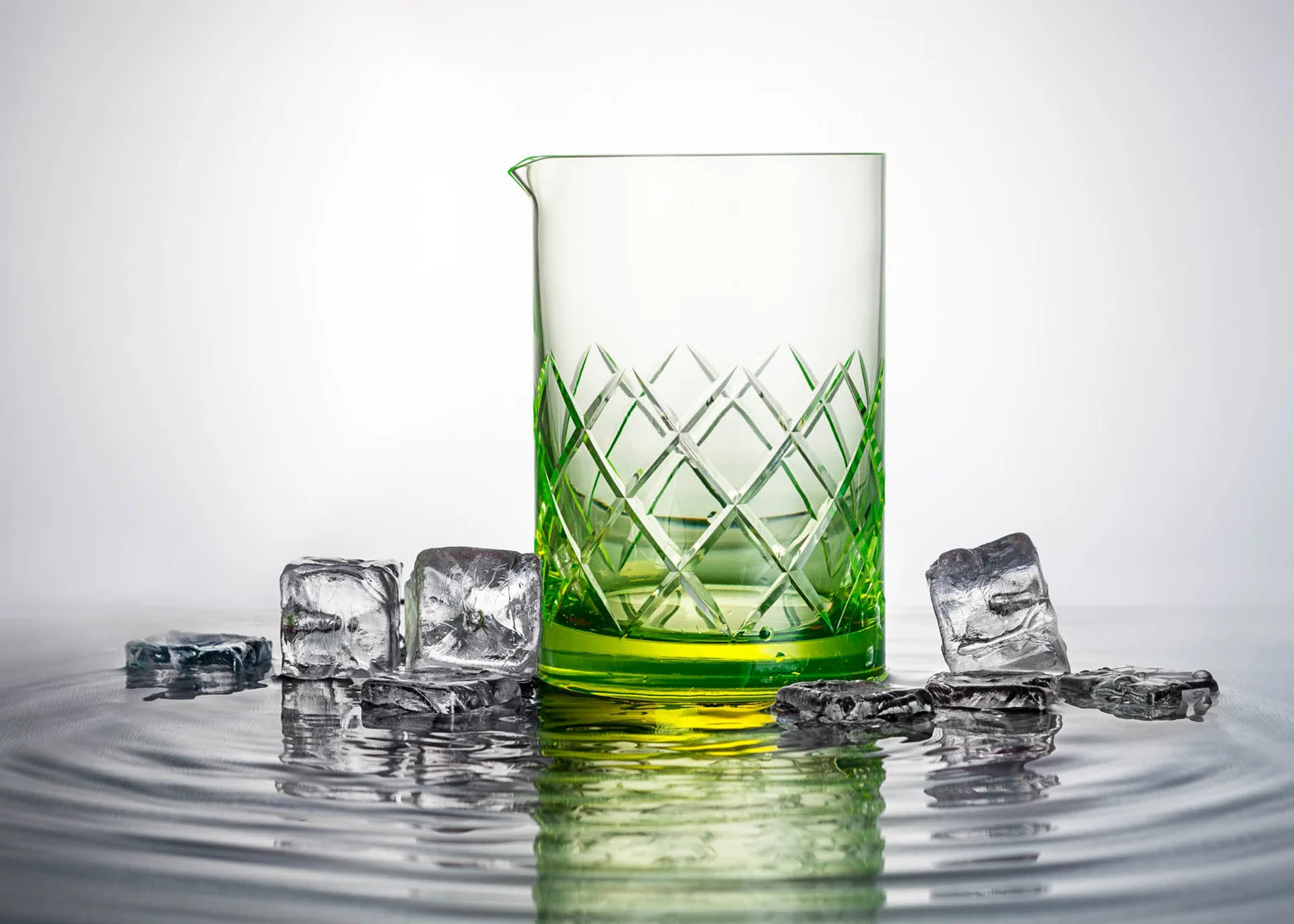

Interior Design Trends
When Was Uranium Glass Made
Modified: April 21, 2024
Discover the history and allure of uranium glass in interior design trends. Learn when this unique glass was made and its impact on decor. Explore the beauty of uranium glass today!
(Many of the links in this article redirect to a specific reviewed product. Your purchase of these products through affiliate links helps to generate commission for Storables.com, at no extra cost. Learn more)
Introduction
Uranium glass, also known as Vaseline glass, is a captivating and enigmatic type of glass that has intrigued collectors and enthusiasts for decades. Its distinct yellow-green fluorescence under ultraviolet light sets it apart from other types of glass, making it a unique and sought-after collectible. The history and allure of uranium glass are deeply intertwined with the advancements in glassmaking techniques and the social and cultural trends of the past.
The story of uranium glass is a fascinating blend of science, artistry, and historical context. From its discovery to its contemporary resurgence in popularity, the journey of uranium glass mirrors the evolution of human creativity and the enduring appeal of vintage and antique items. In this article, we will delve into the captivating world of uranium glass, exploring its origins, production methods, popular uses, and the resurgence of interest in this remarkable material.
Uranium glass holds a special place in the realm of collectibles, attracting both seasoned collectors and newcomers drawn to its unique characteristics. As we embark on this exploration of uranium glass, we will uncover the intriguing tale of how this extraordinary material came to be and how it continues to captivate the imagination of enthusiasts around the world.
Key Takeaways:
- Uranium glass, also known as Vaseline glass, was discovered in the 19th century and gained popularity for its unique yellow-green fluorescence. Despite a decline in production, it has experienced a resurgence in collecting due to its historical charm and captivating luminescence.
- The production of uranium glass involves blending scientific precision with artistic craftsmanship, resulting in a diverse array of decorative, functional, and collectible items. Its enduring allure and historical resonance have led to a renewed appreciation for vintage aesthetics and craftsmanship.
Read more: How Is Uranium Glass Made
The Discovery of Uranium Glass
The captivating story of uranium glass begins with its unexpected discovery in the 19th century. In 1830, while experimenting with uranium compounds, a German chemist named Martin Heinrich Klaproth stumbled upon an intriguing revelation. He noticed that when uranium oxide was added to glass, it produced a stunning yellow-green fluorescence when exposed to ultraviolet light. This serendipitous discovery marked the birth of uranium glass, setting the stage for its remarkable journey through history.
The unique luminescent properties of uranium glass quickly captured the attention of glassmakers and artisans, leading to its widespread production and popularity during the late 19th and early 20th centuries. The mesmerizing glow emitted by this glass, often likened to the hue of Vaseline ointment, earned it the endearing moniker "Vaseline glass" in the United States.
The discovery of uranium glass represented a groundbreaking fusion of science and artistry, as it introduced a new dimension of creativity to the world of glassmaking. The incorporation of uranium oxide into glass formulations not only imparted a distinctive visual allure but also showcased the innovative potential of materials science in shaping the decorative arts.
As the allure of uranium glass spread, it found its way into a myriad of decorative and functional items, ranging from elegant tableware and ornate vases to intricate jewelry and glowing lampshades. The enchanting radiance of uranium glass captivated the imaginations of individuals across various social strata, becoming a coveted feature in households and a symbol of refined taste and sophistication.
The discovery of uranium glass stands as a testament to the serendipitous nature of scientific exploration and the transformative impact of unexpected discoveries. Its luminous beauty and historical significance continue to fascinate collectors and enthusiasts, preserving its legacy as a cherished relic of bygone eras.
The discovery of uranium glass marked a pivotal moment in the evolution of glassmaking, ushering in an era of innovation and artistic expression that continues to inspire admiration and intrigue to this day.
The Production of Uranium Glass
The production of uranium glass is a fascinating blend of scientific ingenuity and artistic craftsmanship. To create this unique glass, uranium oxide is incorporated into the glass mixture during the melting process. The precise addition of uranium oxide, typically in the form of diuranate, imparts the characteristic yellow-green fluorescence to the glass when exposed to ultraviolet light.
Glassmakers carefully control the proportion of uranium oxide to achieve the desired luminous effect while ensuring the structural integrity and aesthetic appeal of the finished glassware. The addition of uranium oxide introduces a captivating visual dimension to the glass, transforming it into a radiant and distinctive material that captivates the eye.
The production process of uranium glass requires meticulous attention to detail and expertise in glass chemistry. The fusion of raw materials, including silica sand, soda ash, and lime, with the precise incorporation of uranium oxide, demands a delicate balance of art and science. Skilled artisans and glassmakers leverage their expertise to achieve the optimal composition that yields the mesmerizing fluorescence characteristic of uranium glass.
Once the glass mixture is prepared, it undergoes the rigorous process of melting and shaping, culminating in the creation of a diverse array of exquisite glassware. From delicate drinking glasses and ornate vases to intricately designed ornaments and decorative pieces, uranium glass manifests in a myriad of forms, each showcasing its alluring luminescence.
The production of uranium glass represents a testament to the fusion of scientific innovation and artistic expression, as it intertwines the principles of materials science with the rich tradition of glassmaking. The meticulous craftsmanship and technical precision required to produce uranium glass underscore its status as a cherished and distinctive art form.
As the molten glass takes shape and the radiant glow of uranium glass comes to life, it embodies the harmonious convergence of creativity and scientific discovery. The production of uranium glass stands as a testament to the enduring allure of this extraordinary material, captivating generations with its luminous beauty and timeless appeal.
Popular Uses of Uranium Glass
The mesmerizing allure of uranium glass has transcended generations, captivating the imagination of individuals across diverse spheres of art, design, and everyday life. Its distinctive yellow-green fluorescence under ultraviolet light has rendered it a coveted material for a myriad of decorative and functional purposes. From elegant tableware to ornate adornments, uranium glass has left an indelible mark on the realms of interior design, collectibles, and vintage aesthetics.
One of the most prevalent uses of uranium glass is found in the realm of tableware and drinkware. The luminous radiance of uranium glass imbues drinking glasses, goblets, and pitchers with an enchanting glow, elevating the dining experience with a touch of ethereal beauty. The subtle luminescence of uranium glassware adds a captivating dimension to table settings, making it a cherished feature in formal dining occasions and intimate gatherings.
Beyond tableware, uranium glass has found its way into the realm of decorative art and interior design. Ornate vases, delicate figurines, and intricate ornaments crafted from uranium glass exude a timeless elegance, infusing living spaces with a captivating luminosity. The ethereal glow emitted by these decorative pieces lends a sense of enchantment to interior décor, serving as focal points that evoke a sense of nostalgia and artistic sophistication.
The allure of uranium glass extends to the realm of jewelry and accessories, where its unique luminescence adds a distinctive charm to vintage adornments. From radiant brooches and earrings to intricately crafted beads and pendants, uranium glass jewelry embodies a timeless elegance that resonates with collectors and enthusiasts. The captivating glow of uranium glass jewelry pieces evokes a sense of vintage glamour, making them coveted treasures for those with an appreciation for historical craftsmanship.
Furthermore, uranium glass has made its mark in the realm of lighting and illumination. Lampshades and light fixtures crafted from uranium glass emit a soft, ethereal glow when illuminated, casting a warm and enchanting ambiance in interior spaces. The subtle luminescence of uranium glass lighting elements adds a touch of vintage allure to modern interiors, creating a captivating interplay of light and shadow that evokes a sense of timeless elegance.
The enduring popularity of uranium glass in these diverse applications underscores its timeless appeal and the enduring fascination it holds for collectors, designers, and enthusiasts. Its unique ability to infuse everyday objects and decorative pieces with a captivating luminescence has solidified its status as a cherished and sought-after material in the realms of art, design, and vintage aesthetics.
Uranium glass was first made in the 1830s and continued to be produced until the 1940s. Look for items with a green or yellow glow under a black light to identify uranium glass.
The Decline of Uranium Glass Production
The mid-20th century marked a significant turning point in the production and popularity of uranium glass. As societal and cultural shifts reshaped consumer preferences and safety regulations evolved, the once-thriving industry of uranium glass experienced a gradual decline. Several factors contributed to this downturn, ultimately leading to a diminished presence of uranium glass in the mainstream market.
One of the primary catalysts for the decline of uranium glass production was the growing awareness of the potential health risks associated with prolonged exposure to radioactive materials. As scientific understanding of radiation and its effects on human health advanced, concerns regarding the safety of uranium glass gained prominence. The presence of uranium oxide in glass formulations, while imparting the characteristic luminescence, raised apprehensions about potential radiation exposure, prompting a shift in consumer attitudes and regulatory scrutiny.
Additionally, changing consumer preferences and design trends played a pivotal role in the waning popularity of uranium glass. Evolving aesthetic sensibilities and the emergence of modernist design movements steered the collective focus away from the ornate and embellished styles that had characterized earlier periods. The allure of uranium glass, with its distinctive luminescence and vintage charm, faced competition from contemporary design trends that favored sleek minimalism and non-traditional materials.
Furthermore, the regulatory landscape underwent transformations, with stringent guidelines and safety standards shaping the production and sale of glassware. Heightened awareness of radiation safety and the implementation of stringent regulations regarding the use of radioactive materials in consumer products prompted a reevaluation of uranium glass production practices. The need to comply with stringent safety protocols and regulatory requirements presented logistical and economic challenges for glassmakers, further contributing to the decline of uranium glass production.
As a result of these converging factors, the production of uranium glass gradually waned, leading to its diminished presence in the commercial market. While the decline of uranium glass production marked a shift in the prevailing trends of glassmaking and design, it did not diminish the enduring allure and historical significance of this remarkable material.
The decline of uranium glass production reflects a transformative period in the realms of art, design, and materials science, underscoring the dynamic interplay of societal, cultural, and regulatory influences on the evolution of decorative arts and collectibles. Despite its diminished commercial presence, the legacy of uranium glass endures as a cherished relic of bygone eras, captivating collectors and enthusiasts with its timeless allure and historical resonance.
Read more: When Did They Stop Making Uranium Glass
The Resurgence of Uranium Glass Collecting
In recent years, a remarkable resurgence of interest in uranium glass has revitalized the world of antique and vintage collectibles. Enthusiasts and collectors, drawn to the captivating allure and historical significance of uranium glass, have propelled its revival as a sought-after and cherished category of collectible items. This resurgence has been fueled by a confluence of factors, including a renewed appreciation for historical craftsmanship, a growing fascination with vintage aesthetics, and the enduring allure of the unique luminescence exhibited by uranium glass.
The resurgence of uranium glass collecting has been propelled by a burgeoning community of enthusiasts who are passionate about preserving and celebrating the legacy of this extraordinary material. Online forums, social media groups, and dedicated collector communities have provided platforms for individuals to share their knowledge, showcase their collections, and engage in discussions about the artistry and historical significance of uranium glass. This sense of camaraderie and shared enthusiasm has fostered a vibrant and inclusive environment that has contributed to the resurgence of uranium glass collecting.
Furthermore, the resurgence of uranium glass collecting has been buoyed by a growing recognition of the historical and artistic value inherent in these vintage treasures. Collectors and enthusiasts are drawn to the rich tapestry of history woven into each piece of uranium glass, reflecting the craftsmanship and design sensibilities of bygone eras. The enduring appeal of uranium glass as a tangible link to the past has resonated with individuals seeking to connect with the artistry and elegance of earlier generations, driving the resurgence of interest in collecting and preserving these luminous relics.
Moreover, the resurgence of uranium glass collecting has been fueled by a renewed emphasis on sustainability and the appreciation of enduring craftsmanship. As contemporary sensibilities gravitate towards eco-conscious practices and a renaissance of appreciation for enduring quality, uranium glass has emerged as a compelling embodiment of timeless artistry and enduring beauty. The resurgence of interest in uranium glass collecting reflects a broader cultural shift towards cherishing and preserving the legacy of historical artifacts, underscoring the enduring relevance of these captivating vintage treasures.
The resurgence of uranium glass collecting stands as a testament to the enduring allure and historical resonance of this extraordinary material. As collectors and enthusiasts continue to celebrate and preserve the luminous beauty of uranium glass, its resurgence serves as a poignant reminder of the timeless appeal and enduring legacy of vintage collectibles.
Conclusion
In conclusion, the captivating journey of uranium glass, from its serendipitous discovery to its contemporary resurgence, embodies a compelling narrative of scientific ingenuity, artistic expression, and enduring allure. The discovery of uranium glass in the 19th century marked a pivotal moment in the evolution of glassmaking, introducing a mesmerizing fusion of luminescence and craftsmanship that continues to captivate collectors and enthusiasts.
The production of uranium glass, with its meticulous blending of scientific precision and artistic ingenuity, exemplifies the harmonious convergence of materials science and decorative arts. The unique properties of uranium glass, including its distinctive yellow-green fluorescence under ultraviolet light, have rendered it a cherished and sought-after material for a diverse array of decorative, functional, and collectible items.
While the decline of uranium glass production in the mid-20th century reflected shifting consumer preferences and evolving regulatory landscapes, its enduring legacy persisted, resonating with a new generation of collectors and enthusiasts. The resurgence of interest in uranium glass collecting has revitalized the appreciation for historical craftsmanship, vintage aesthetics, and the enduring allure of this extraordinary material.
As uranium glass continues to captivate the imagination of individuals across the globe, its timeless appeal serves as a poignant reminder of the enduring legacy of vintage collectibles. The resurgence of uranium glass collecting stands as a testament to the enduring allure and historical resonance of this extraordinary material, underscoring its status as a cherished relic of bygone eras.
In the realm of art, design, and historical preservation, uranium glass occupies a unique and cherished place, embodying the timeless elegance and captivating luminescence that have enchanted generations. As collectors and enthusiasts continue to celebrate and preserve the luminous beauty of uranium glass, its resurgence serves as a poignant reminder of the enduring appeal and enduring legacy of vintage collectibles.
The remarkable journey of uranium glass, from its humble origins to its contemporary revival, encapsulates the enduring allure of historical artifacts and the timeless resonance of artistry and craftsmanship. As we reflect on the captivating tale of uranium glass, we are reminded of its enduring legacy and the timeless beauty that continues to inspire and captivate collectors and enthusiasts around the world.
Frequently Asked Questions about When Was Uranium Glass Made
Was this page helpful?
At Storables.com, we guarantee accurate and reliable information. Our content, validated by Expert Board Contributors, is crafted following stringent Editorial Policies. We're committed to providing you with well-researched, expert-backed insights for all your informational needs.
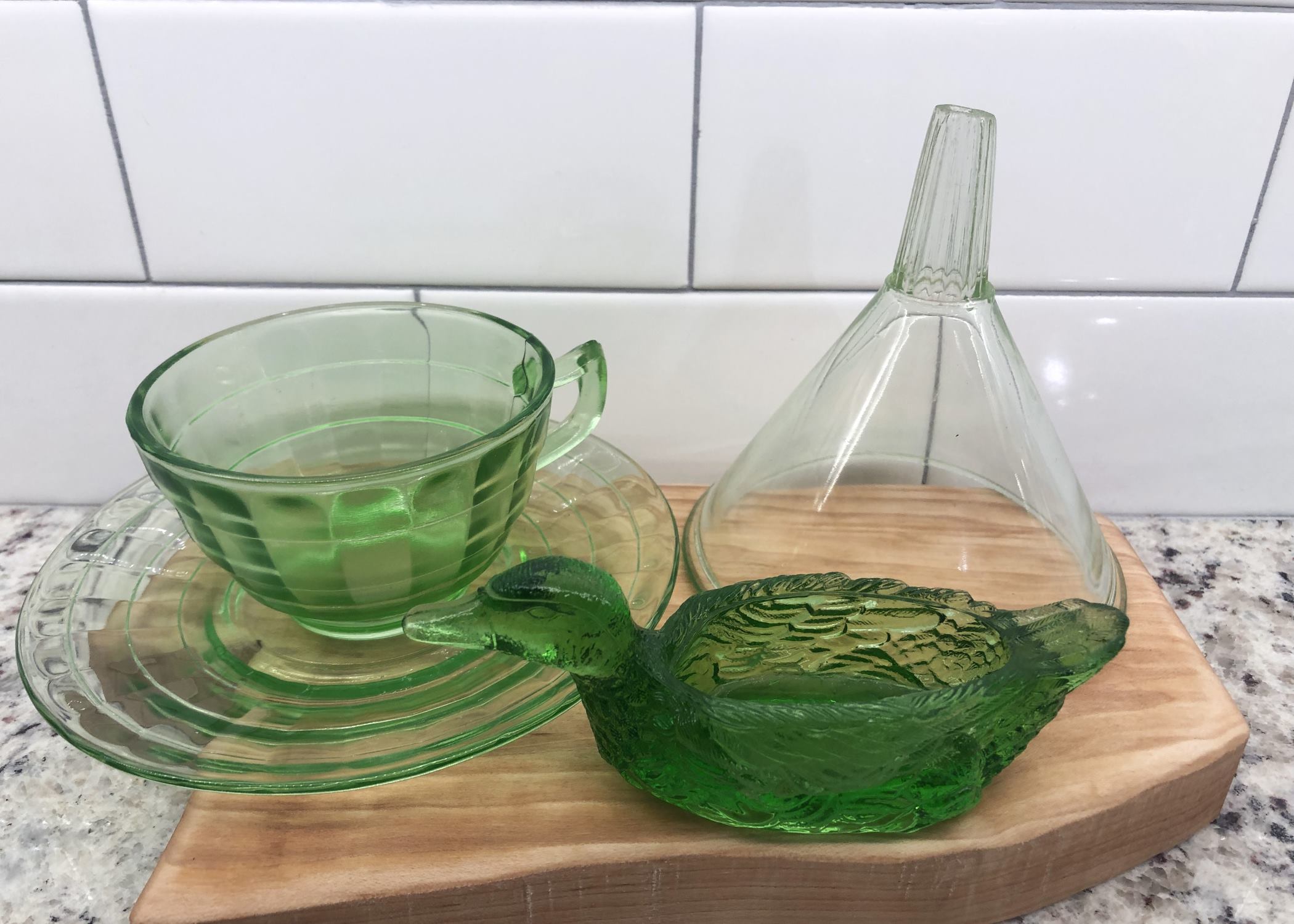
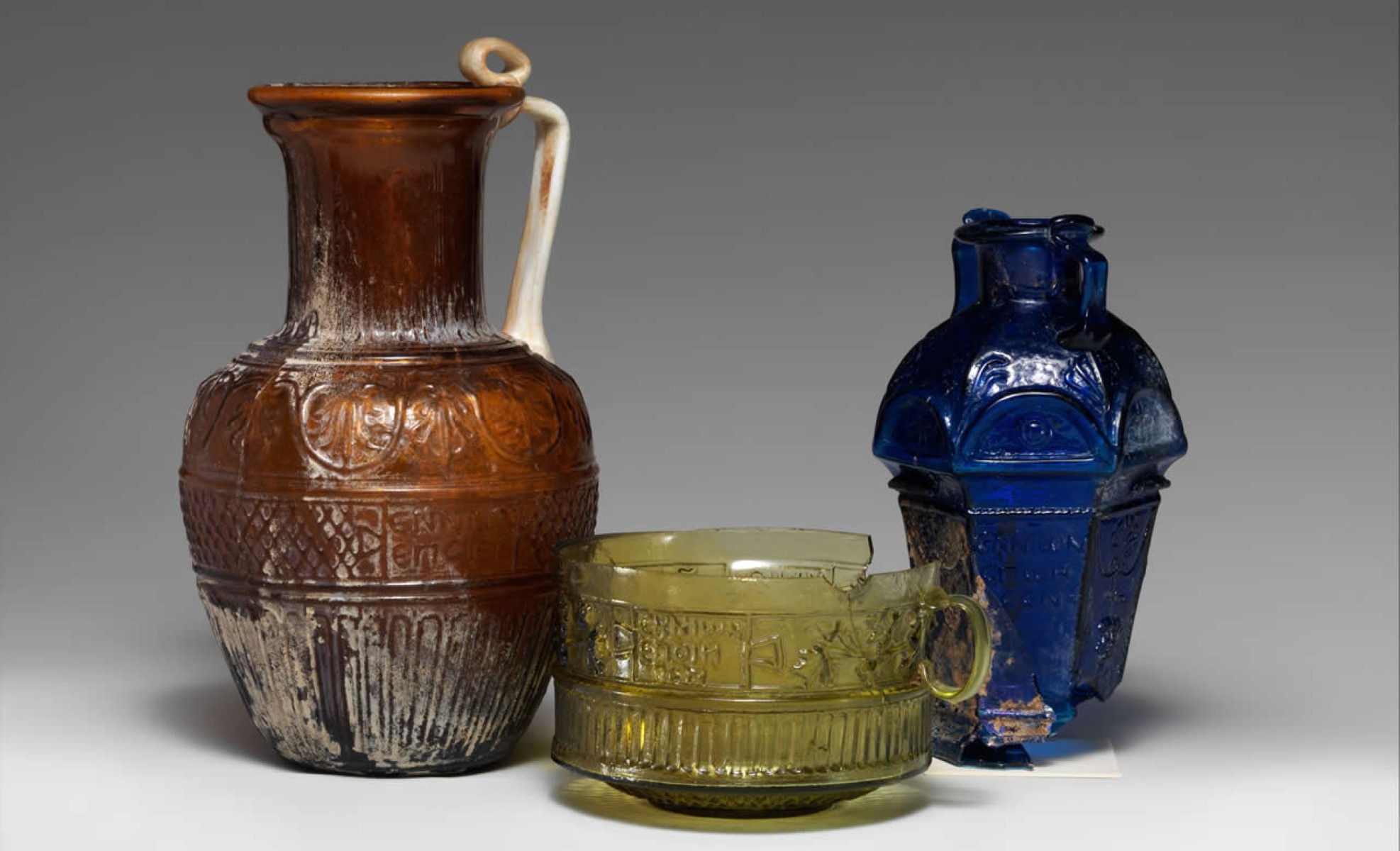
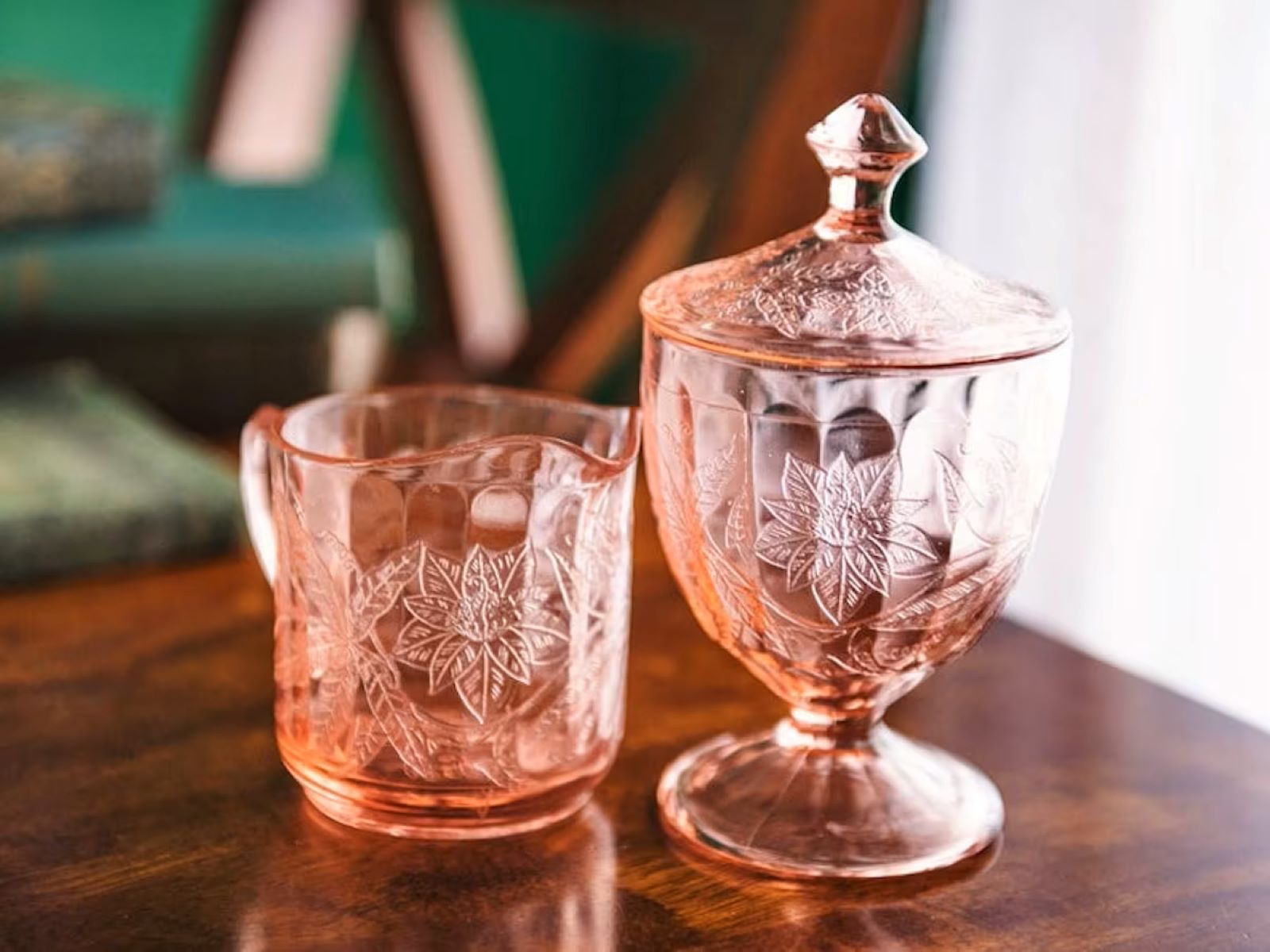
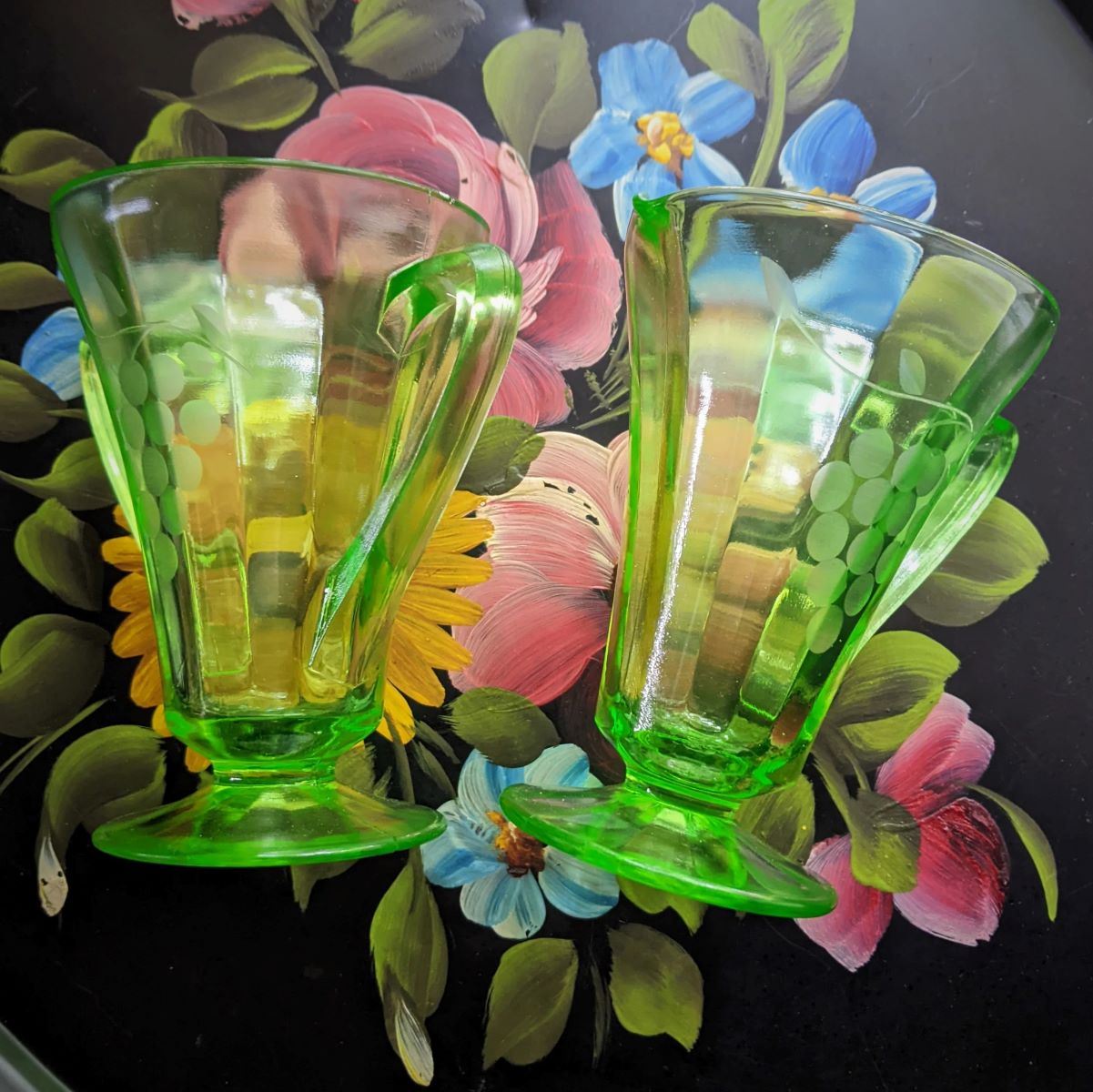
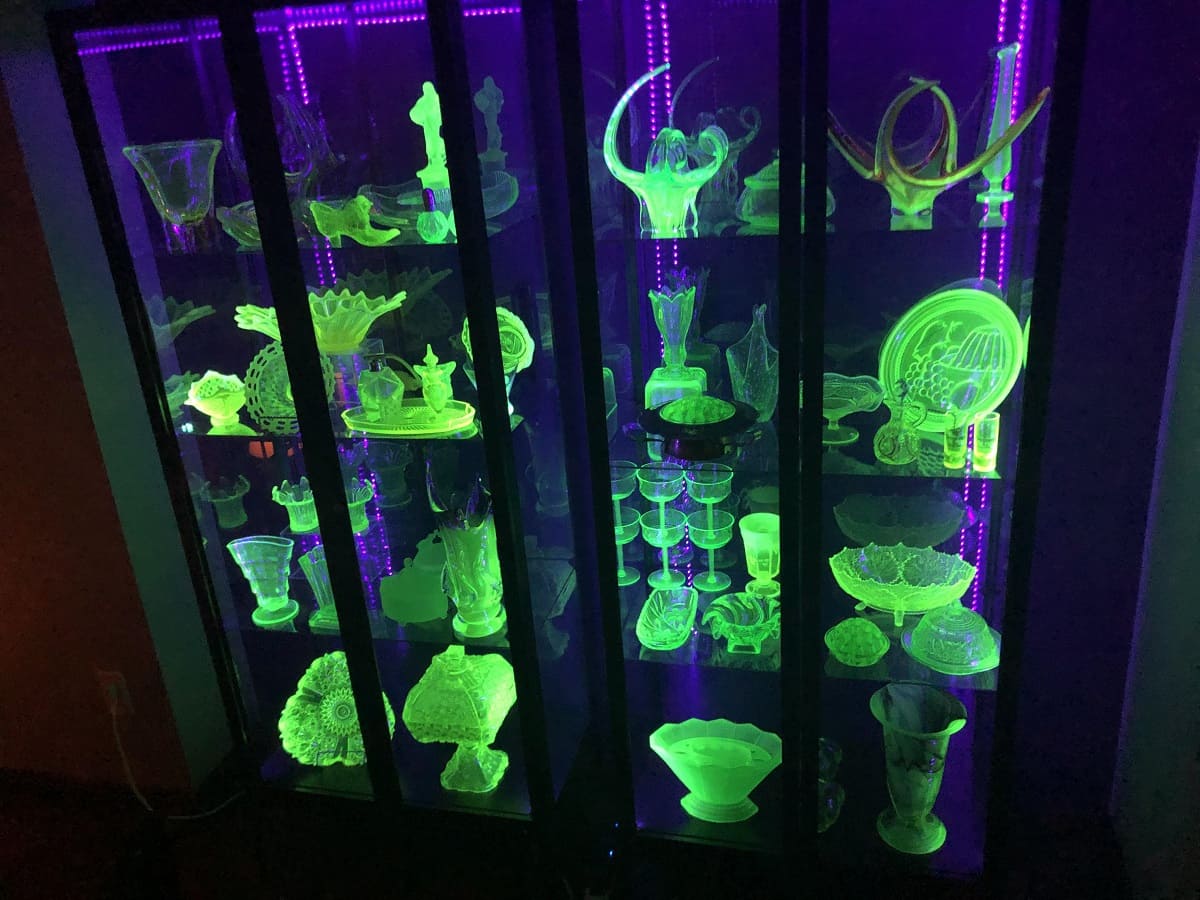
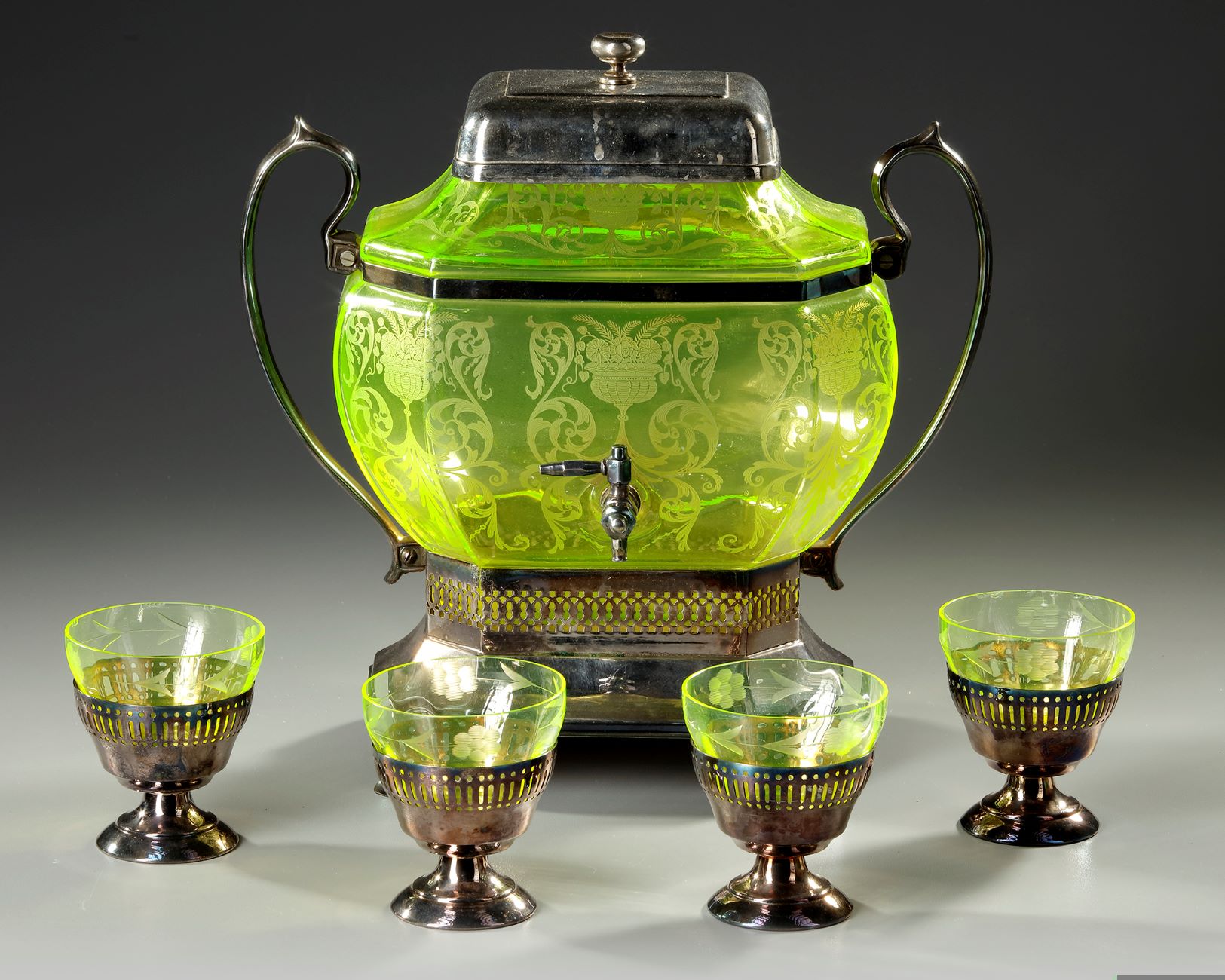
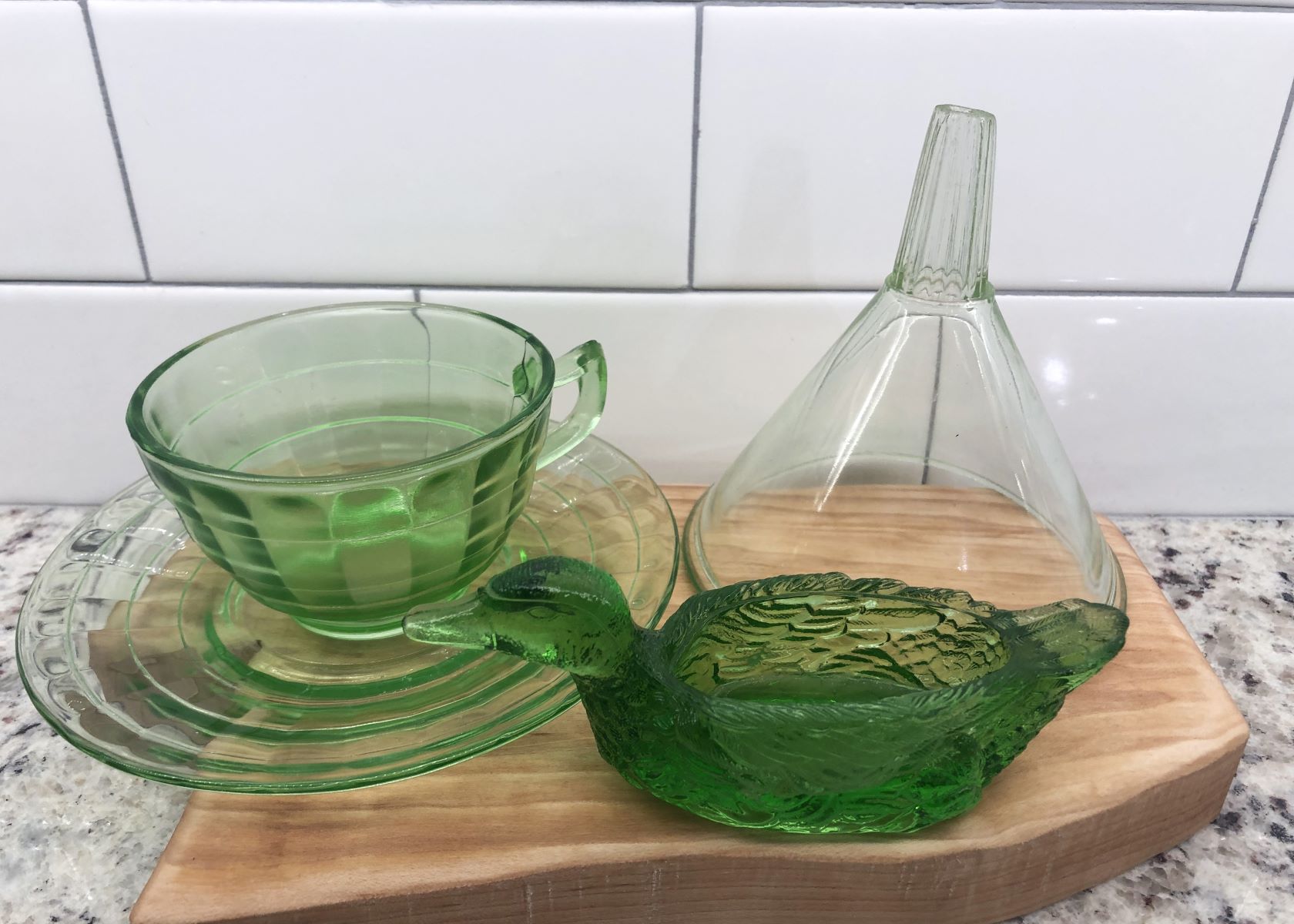
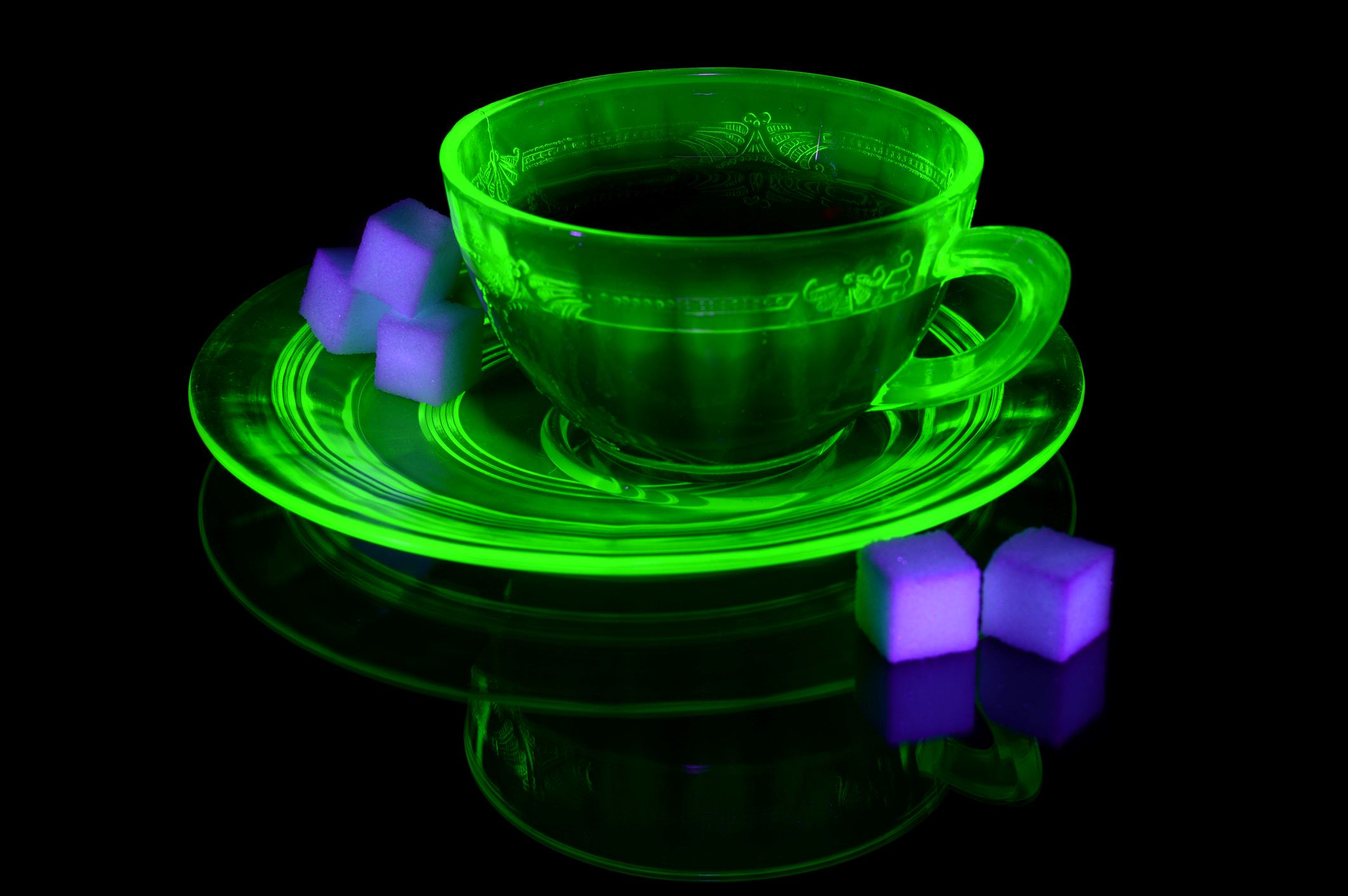
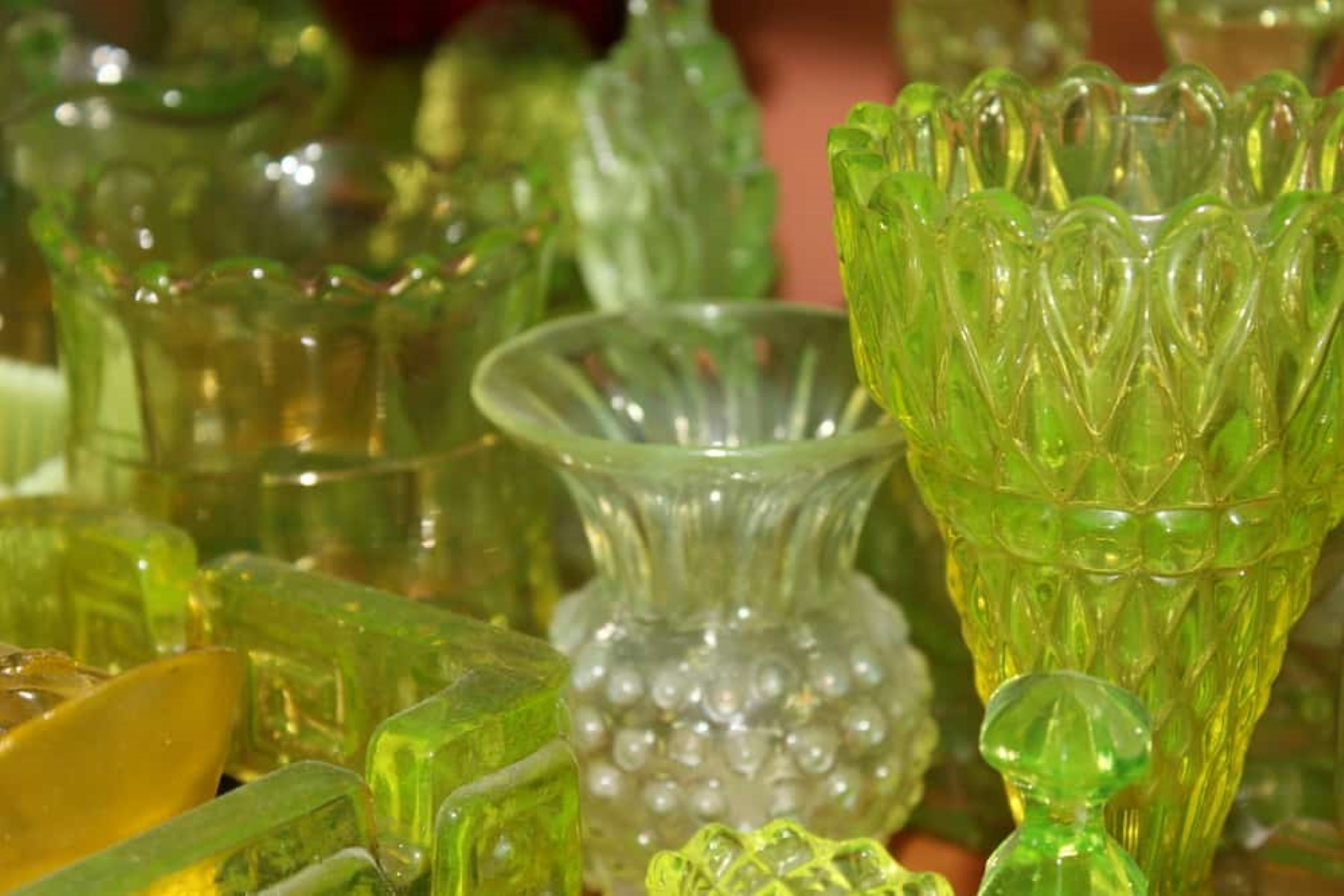
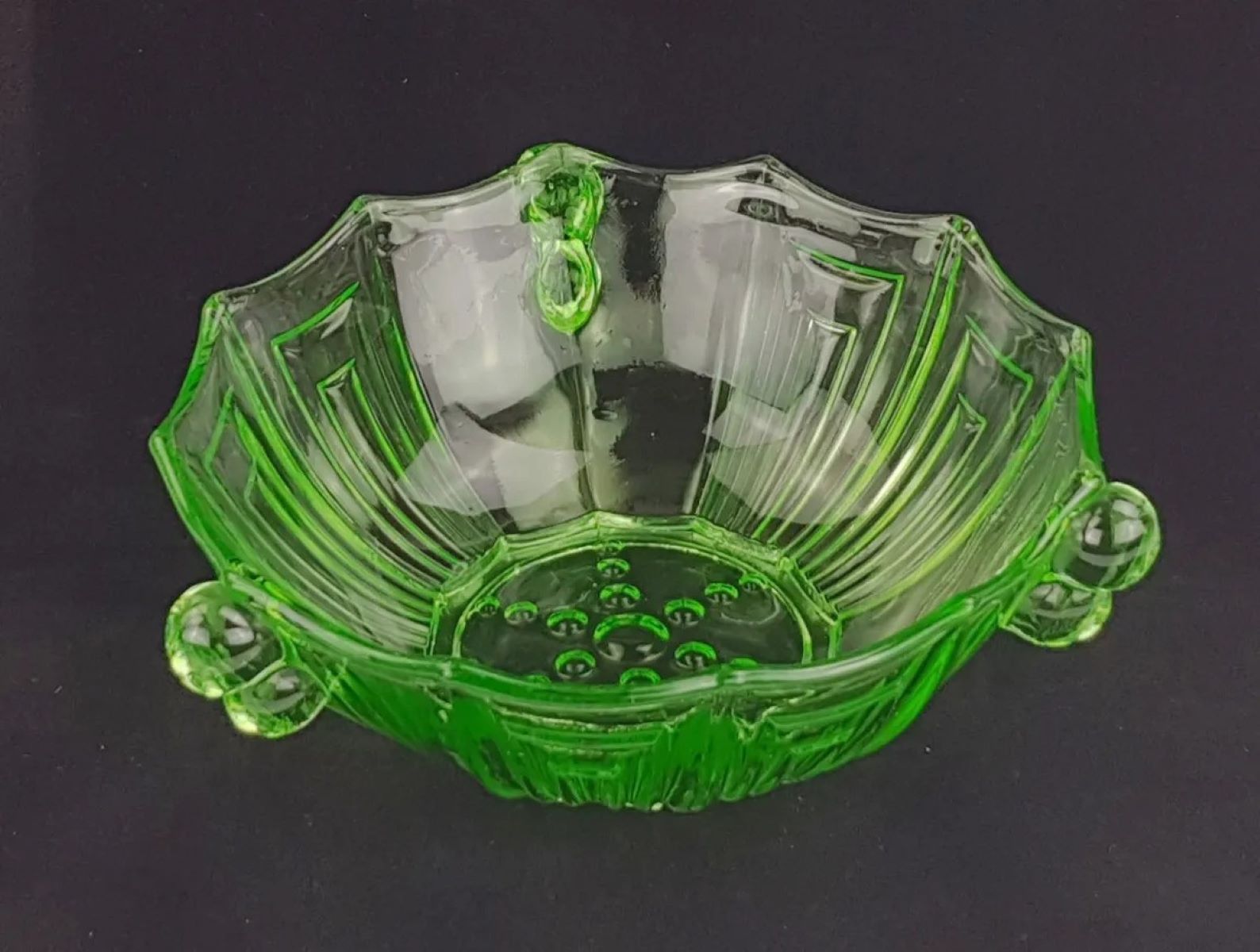
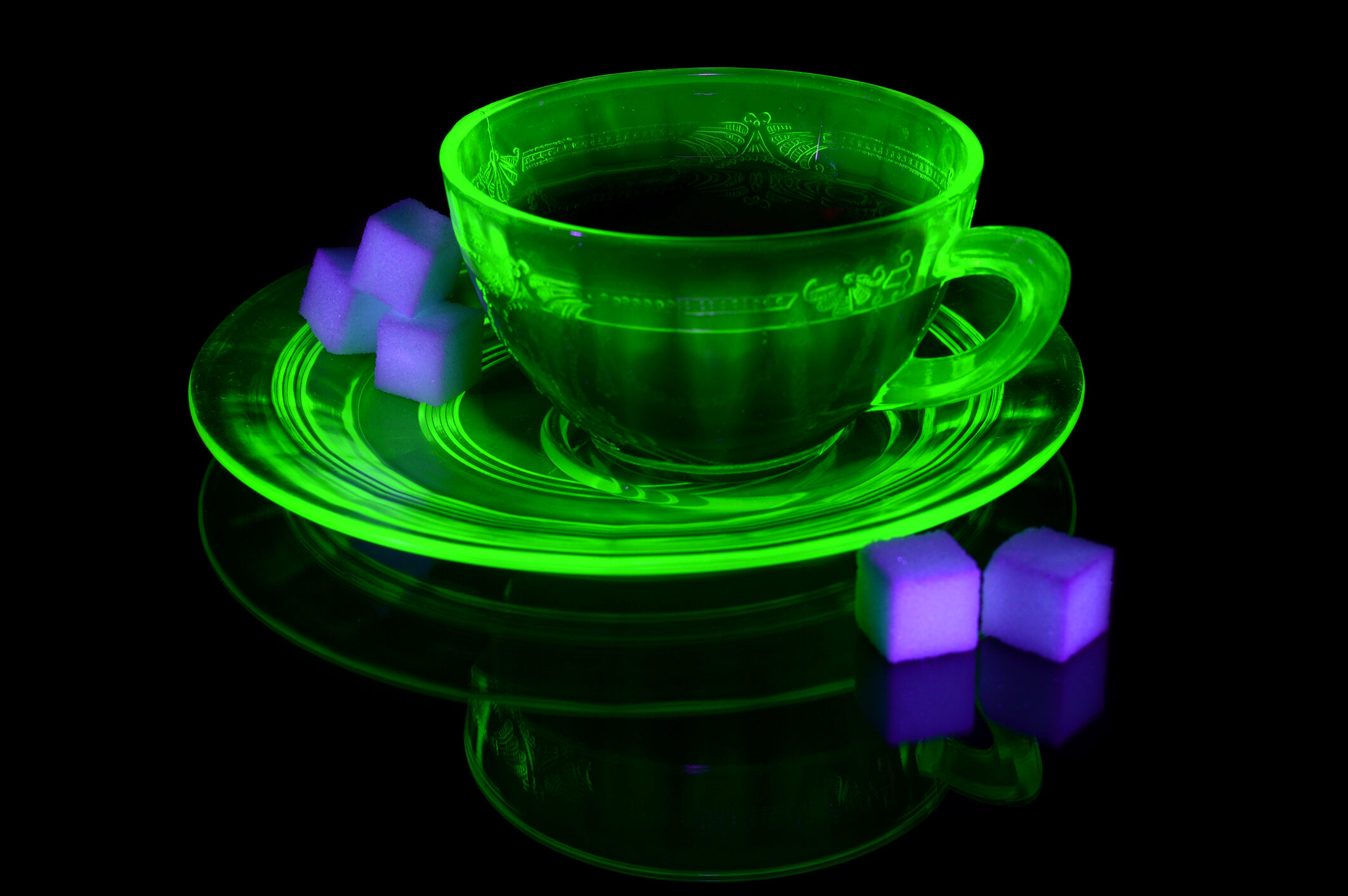
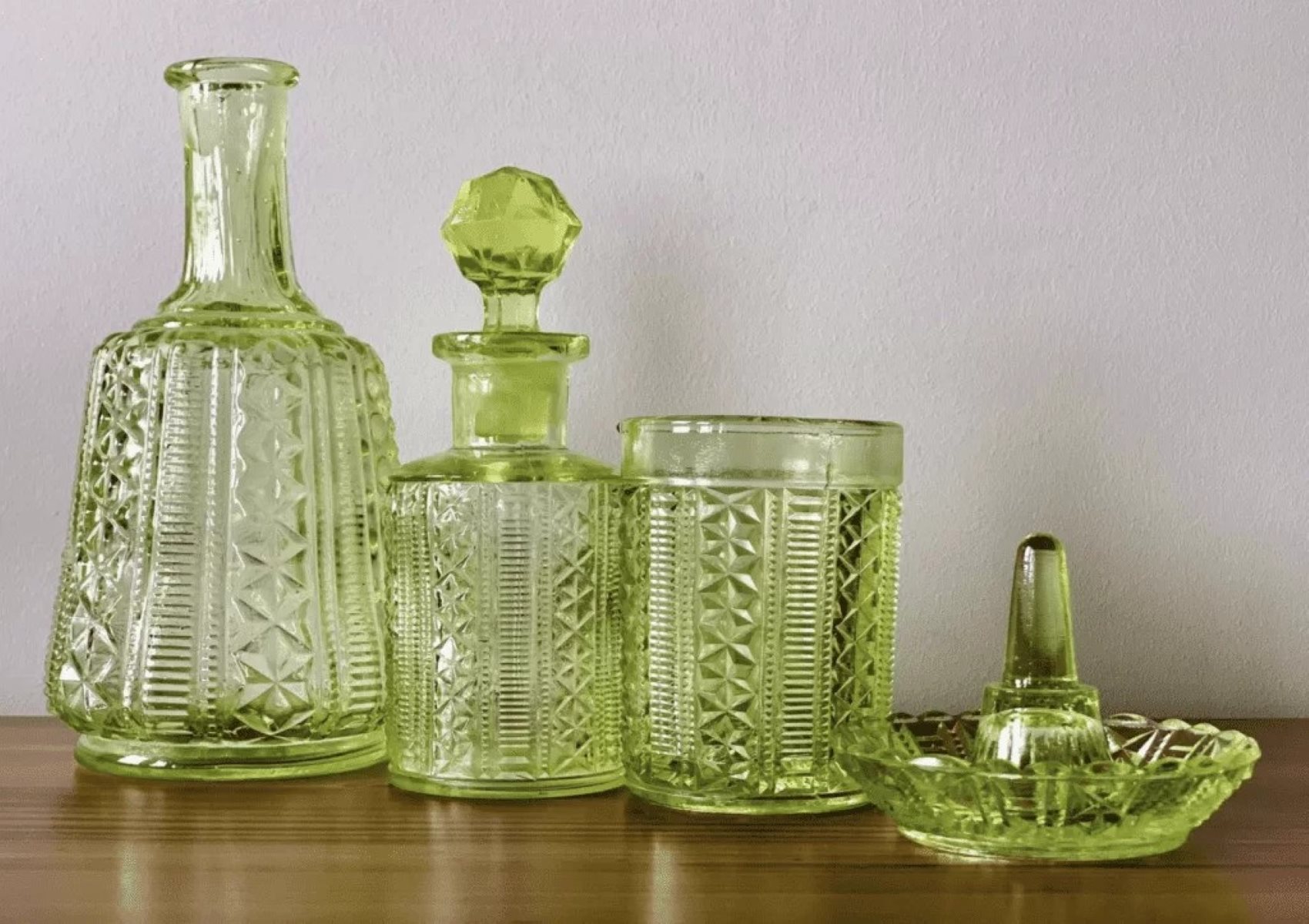
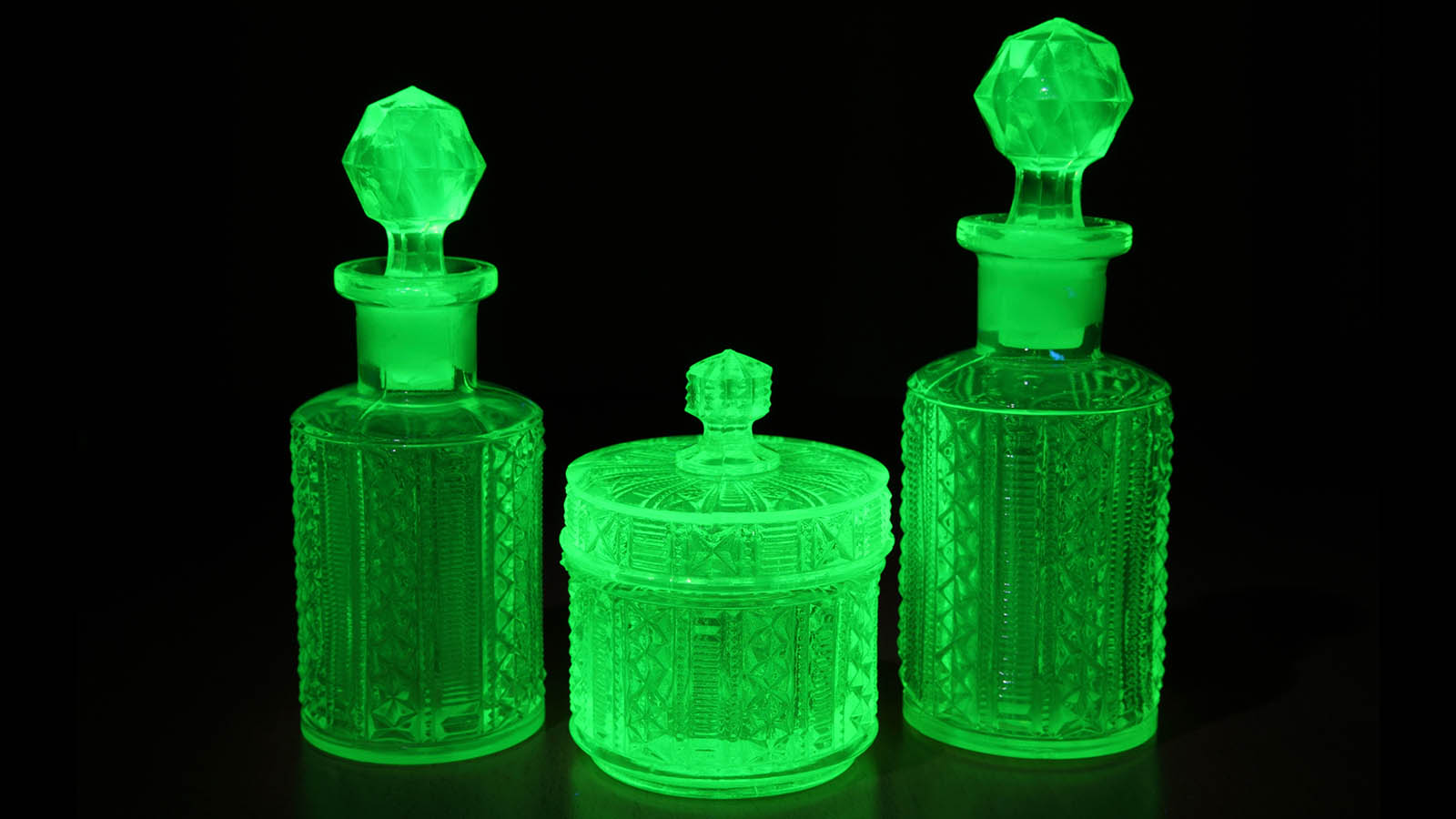
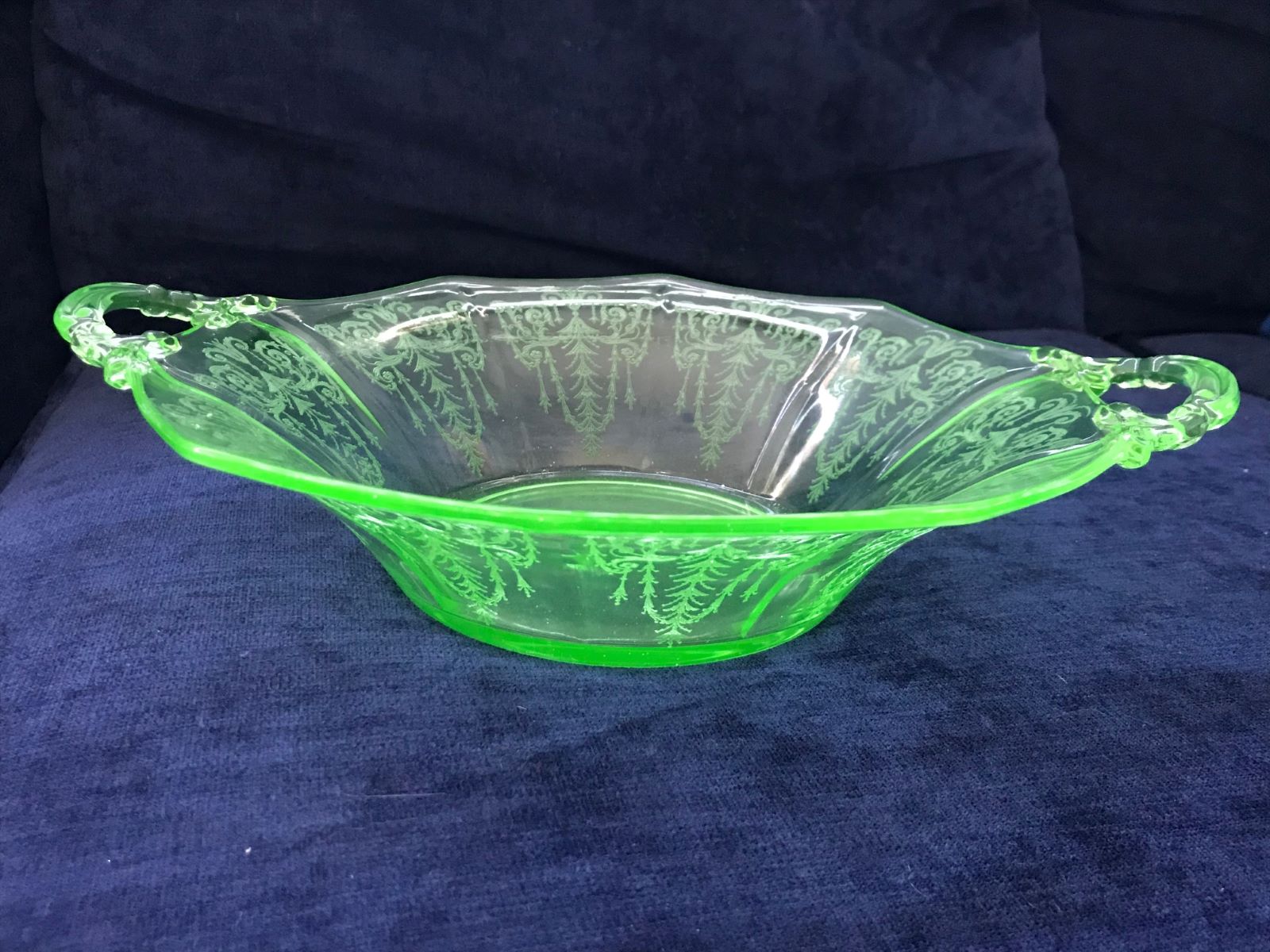

0 thoughts on “When Was Uranium Glass Made”